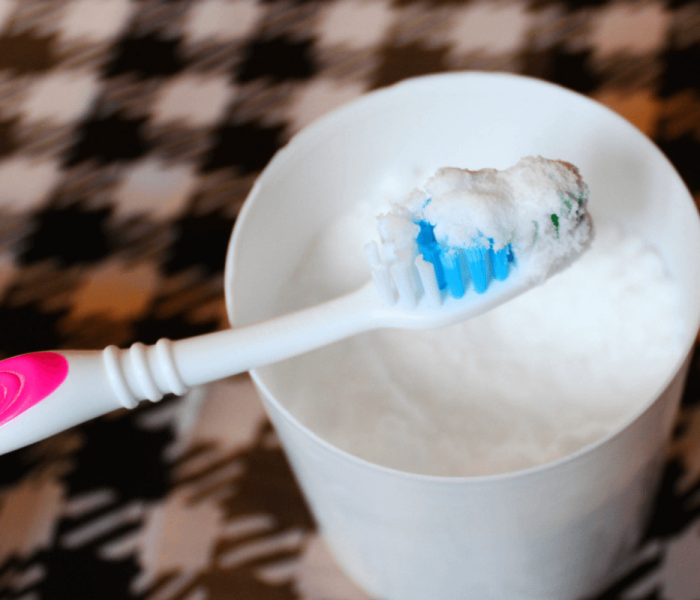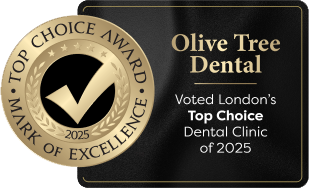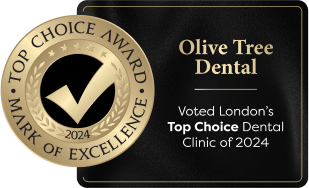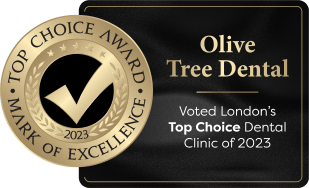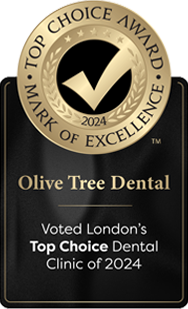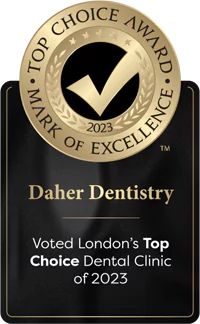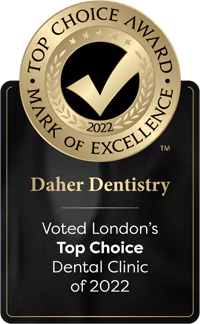Is Brushing Your Teeth With Baking Soda Safe?
- Low abrasiveness
- Does not affect root sensitivity.
- The product is safe for those who are following reduced salt diets.
Can You Brush Your Teeth Using Baking Soda Daily?
The American Dental Association declares that baking soda can be used to clean teeth. Simply brushing with baking soda can be beneficial if you are allergic to any ingredient found in traditional toothpaste. It is also possible to use baking soda as an option for traveling or hiking for those who want to lighten their burden and decrease the carbon footprint of their trip.
The Benefits of Brushing With Baking Soda:
- Dental Whitening: One of the most attractive aspects of baking soda is its potential to help whiten teeth. By gently polishing away surface stains, baking soda helps make your smile look brighter and more appealing.
- Neutralizing Oral Acids: The alkaline properties of baking soda can help neutralize the mouth’s acid levels, reducing the chance of tooth decay and boosting oral health. After consuming acidic food or drinks, brushing your teeth with baking soda will help balance the pH in your mouth.
- Helps Prevent Gum Disease: By reducing plaque and combating inflammation caused by baking soda, it may help guard against gum disease. Periodontitis (gum disease) is the leading cause of tooth loss, triggered by inflammation. If you suffer from swelling, red, or bleeding gums caused by gingivitis, then brushing with baking soda may help repair the damage.
- Refreshes Your Breath: Baking soda neutralizes the acids released by food particles, which can help reduce bad breath caused by bacteria.
- Fluoride-Free Option: Consuming too much fluoride can be harmful, particularly for children younger than six years old. But it’s crucial to remember that fluoride poisoning is extremely rare, and the dangers only arise if a large quantity of fluoride is consumed.
- Fluoride toxicity: It can trigger diarrhea, vomiting, and pain, as well as kidney and heart issues. This is why many people opt for toothpaste like baking soda, which is free of fluoride and has a lower risk of toxicity.
- Cost-Effective: Baking soda is cheaper than commercial toothpaste, making it economical for maintaining oral hygiene.
The Disadvantages of Brushing With Baking Soda:
- Gritty and Tastes Unappealing: Baking soda tastes unpleasant and can feel like sand on your teeth. If you’re uncomfortable with baking soda in its pure form mixed with water, many toothpastes sold in the market contain baking soda.
- Doesn’t Protect Against Cavities: Another disadvantage of baking soda for cleaning teeth is that it does not contain the required fluoride to shield teeth from decay. In a review of research, scientists discovered that fluoride toothpaste has a dose-dependent influence on preventing cavities.
- The higher the fluoride concentration, the better protected individuals are from cavities. The American Dental Association (ADA) does not endorse baking soda alone due to the lack of fluoride.
- Less Dramatic Whitening: While baking soda can be an effective and low-cost whitening agent for superficial stains, it’s less effective than commercially available products or professional services. This is because commercially available products and professional services use stronger ingredients, such as bleaching agents, to treat deeper staining.
Does Brushing With Baking Soda Harm the Teeth?
A loss in enamel could result in increased sensitivity to heat and greater susceptibility to tooth decay because the soft, underlying dentin is more prone to decay and temperature sensitivity. If sanded too hard, a wood floor will require complete refinishing or replacement. Teeth require crowns, fillings, or other procedures if the enamel is worn out to the extent that it needs to be replaced.
How Do You Safely Use Baking Soda?
- The Toothpaste and Baking Soda: This is the easiest method. Sprinkle baking soda over your toothpaste and toothbrush, and brush your teeth normally.
- Baking Soda Mixed With Water: The most common method for whitening teeth is baking soda with water. Mix a few drops of water and 1/2 teaspoon sodium bicarbonate in a glass to create an emulsion. Apply the paste to your teeth with a brush, and let it sit for 2 to 3 minutes. Rinse your mouth thoroughly with water.
- Baking Soda and Lemon: Citric acid is an all-natural bleach. To whiten your teeth, make a paste using 1/2 teaspoon baking soda and 1/2 teaspoon lemon juice. The baking soda and lemon mixture can also make teeth shine.
- Baking Soda and Hydrogen Peroxide: To lighten your teeth, brush with baking soda and hydrogen peroxide toothpaste. To create a mixture, mix 1/2 teaspoon baking soda with 1/2 teaspoon hydrogen peroxide until it forms an almost liquid paste. Apply this paste to your teeth for 2 minutes. After that, rinse with mouthwash or water.
Summary:
Because baking soda isn’t a fluoride source and is not the ideal option for regular toothpaste, it could be a great scrub to enhance your smile and whiten your teeth occasionally. It could also be an alternative when you are running out of toothpaste.


